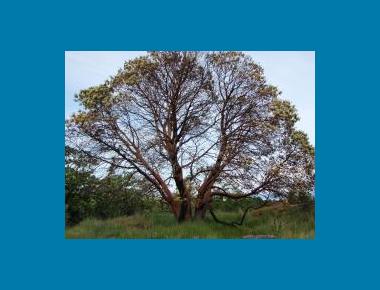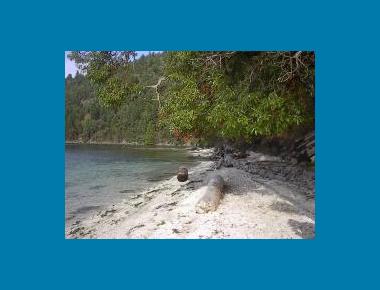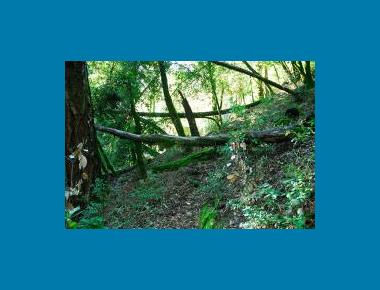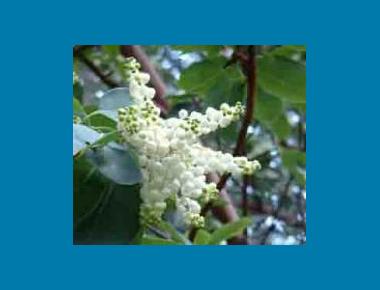Facilitating the protection and restoration of species and ecosystems at risk on BC’s South Coast
Arbutus
Arbutus communities typically occur on dry open marine variant or sloping sites with shallow well-drained exposed rock and rocky soils. Some communities can have deep soil profiles but drainage is key. Other species associated with arbutus communities include Garry oak, Douglas-fir, lodgepole pine, oceanspray, hairy manzanita (a type of low growing evergreen berry producing plant), salal and dull Oregon-grape. Arbutus communities like Coastal Douglas-fir have been impacted by a number of factors, including stress from environmental conditions (drought, soil disturbance and pollution), fragmentation and clearing as well as pathogens. The possibly introduced canker fungus, Nattrassia mangiferae, is thought to be the major pathogenic agent, with other opportunistic pathogens such as Fusicoccum aesculi and Armillaria attacking stressed trees. As well the elimination of fire as a disturbance regime has potnetially allowed these pathogens to proliferate as well as invasive plant species and other more dominant tree species to advance. On the South Coast Arbutus communities can be found on coastal bluffs and upland marinemeadows of Metro Vancouver's north shore, Howe Sound and northwest along the Sunshine Coast and Powel River. Three red-listed communities contain this species: Arbutus / hairy manzanita, Douglas-fir - arbutus and Garry oak - arbutus.
Download Species Fact Sheet in PDF
RESOURCES
A joint venture resource providing comprehensive information on a range of species and ecological communities specific to the Coast Region of BC (including the South, Central and North Coast, Vancouver Island and Haida Gwaii).















